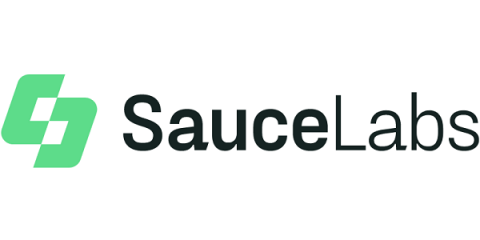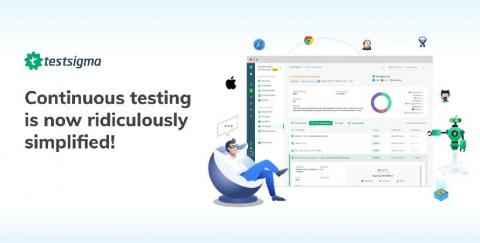Adoption of a Cloud Data Platform, Intelligent Data Analytics While Maintaining Security, Governance and Privacy
“You cannot be the same, think the same and act the same if you hope to be successful in a world that does not remain the same.” This sentence by John C. Maxwell is so relevant to rapidly changing cloud hosting technology. Businesses understand the added value and are looking at cloud technologies to handle both operational and analytical workloads.











